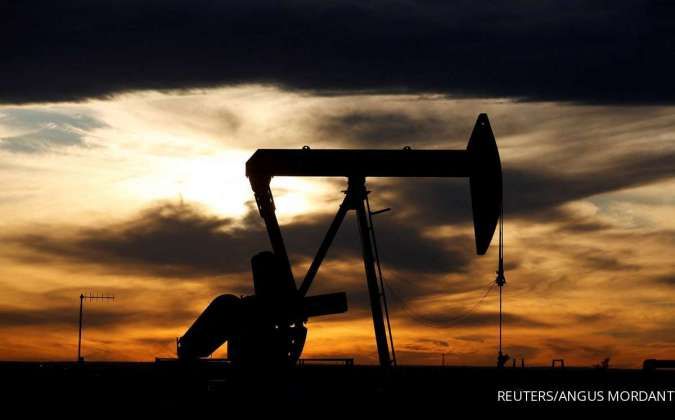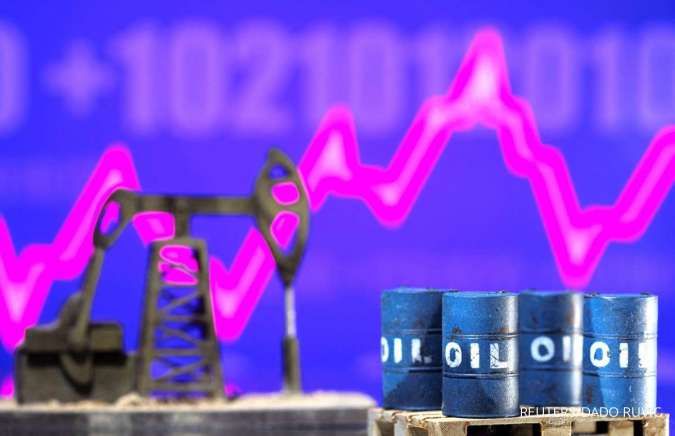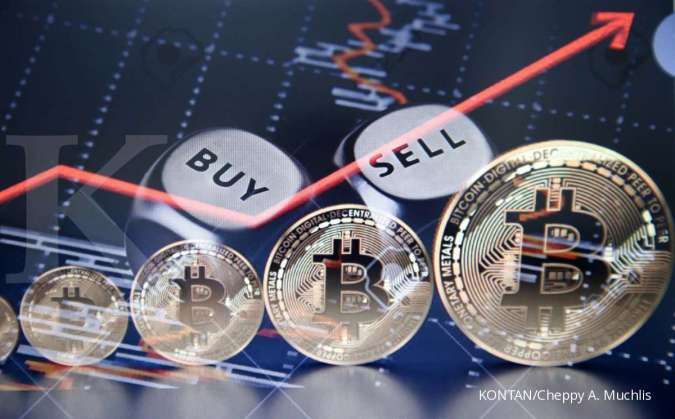OIL PRICE - NEW YORK. Oil prices fell about 2% to a one-week low on Thursday as a political standoff over the U.S. debt ceiling stoked recession jitters in the world's biggest oil consumer, while rising U.S. jobless claims and weak Chinese economic data weighed.
Brent crude futures fell $1.43, or 1.9%, to settle at $74.98 a barrel, while West Texas Intermediate crude (WTI) fell $1.69, or 2.3%, to settle at $70.87.
Those were the lowest closes for both benchmarks since May 4.
The dollar rose to its highest since May 1 against a basket of major currencies, after recent U.S. jobless claims data strengthened the case for the Federal Reserve to halt interest rate hikes but did not prompt expectations of year-end rate cuts.
A stronger greenback makes oil more expensive in other countries. Higher interest rates can weigh on oil demand by boosting borrowing costs, pressuring economic growth.
U.S. Treasury Secretary Janet Yellen urged Congress to raise the $31.4 trillion federal debt limit and avert an unprecedented default that would trigger a global economic downturn.
Read Also: WHO Declares End to Mpox Public Health Emergency
"Uncertainties regarding the U.S. debt ceiling, recent banking issues that could prompt a credit crunch across much of the oil industry and continued strong possibility of a recession remain ... significant obstacles" for oil markets, analysts at energy consulting firm Ritterbusch and Associates said in a note.
Keeping pressure on oil prices, the U.S. Dow and S&P 500 stock indexes fell after California-based bank PacWest Bancorp's latest woes sparked another rout in the regional banking sector.
An extended period of high interest rates could put more stress on banks, but would be necessary if inflation stays stubbornly high, said Minneapolis Federal Reserve President Neel Kashkari.
U.S. producer prices rose moderately last month, the smallest annual producer inflation increase in more than two years.
In other U.S. news, President Joe Biden's administration unveiled a sweeping plan to slash greenhouse gas emissions from the power industry, one of the biggest steps so far in its effort to decarbonize the economy to fight climate change.
Read Also: US Weekly Jobless Claims Hit 1-1/2-Year High; Producer Inflation Cooling
New Chinese bank loans tumbled far more sharply than expected in April, adding to worries that the economy's post-pandemic recovery is losing steam.
"Oil prices are lower after another round of Chinese data, this time money metrics, confirmed their economic reopening from COVID continues to disappoint," said Edward Moya, senior market analyst at data and analytics firm OANDA.
The oil market largely ignored the Organization of the Petroleum Exporting Countries (OPEC) global oil demand forecast for 2023, which projected demand in China, the world's biggest oil importer, would increase.
OPEC projected Chinese oil demand would rise by 800,000 barrels per day (bpd), up from its 760,000-bpd forecast last month.
OPEC, however, said that increase in Chinese demand could be offset by economic risks elsewhere, including the U.S. debt ceiling battle.
On the supply front, Iraq has sent an official request to Turkey to restart oil exports through a pipeline running from the semi-autonomous Kurdistan Region in northern Iraq to the Turkish port of Ceyhan, which could add 450,000 bpd to global crude flows.
/2022/12/12/1799045643p.jpg)












